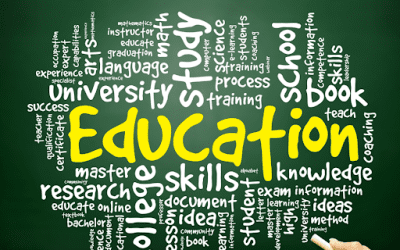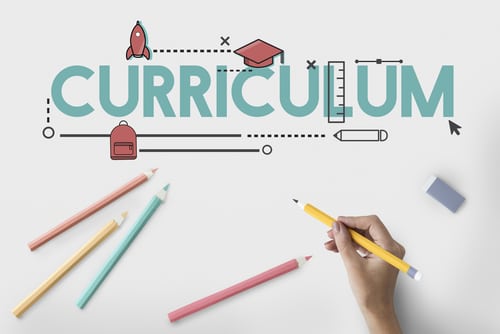Americans spend on average 12 hours a day consuming media, ranging from television and advertisements to social media and video games. Yet, many people lack media literacy skills to discern fake news from real news. They do not understand how images may affect their emotions or opinions. Since college students are among this group, college leaders can prioritize these six points to teach media literacy.
What is Media Literacy?
Media literacy helps people discern the intent of a media message, distinguish fact from fiction, and determine its source. However, most do not have training and fall prey to fake news, edited photos, and misleading advertising. As a solution, it helps college students develop critical thinking skills, discernment, and an understanding of good citizenship and collaboration skills. It also helps them learn how to responsibly produce their media, an important aspect considering high social media usage.
Therefore, colleges can incorporate media literacy into their curriculum. This change ensures current and future generations have the necessary skills. They will be able to interpret, produce, and share credible media effectively. Thus, deans and other college leaders consider the following six points when designing courses.
1.) Instruct How to Use Multiple, Credible Sources for Media Literacy
Besides that, media literacy courses should teach students to identify credible sources and distinguish them from non-credible ones. Students should learn to find credible sources to confirm or discredit the information they learn through media sources. The education helps deter the spread of erroneous and misleading information, teaching students to seek out the truth.
2.) Build Courses to Recognize and Address Bias
Similarly, students should learn how to spot biased media sources and understand how language, tone, and views affect media output. This skill includes sifting through unflattering language to get to the facts. Media literacy also includes helping students recognize their own biases and how they affect the media messages they take in.
3.) Review the Usage of Facts and Figures
Therefore, courses should include helping students inspect and study reports, statistics, and figures not at face value. A closer look could reveal how sources are outdated or limited by sample size. Besides that, college leaders and IDs can design courses for students to be savvy investigators to discern the merit of facts and figures offered by the media.
4.) Teach Connection Between Images and Emotions for Media Literacy
Furthermore, college leaders help students understand the impact visual images have on the brain and emotions. For instance, “designed” marketing efforts evoke emotions to promote products, which can spur sales. Similarly, misleading or fake images sway emotions or even legitimize bias. For these reasons, lead instructional designers can review coursework, incorporating the impact of images.
5.) Instruct How to Filter Through Massive Amounts of Information
Moreover, an endless amount of information is available via the internet. However, students should understand how to restrict their media consumption. With the availability of data, a component of media literacy should teach students to filter, organize, and use essential and relevant information.
6.) Media Literacy Helps Students Create Responsible Media
Most importantly, colleges should teach students to create and share responsible media of their own design. Media literacy courses can help students ask who will be affected by the media they share. Additionally, these courses teach the impact of their media creations and interactions. In this way, students can create positive, responsible social media posts and sophisticated types of media.
While most Americans consume vast amounts of media daily, many cannot discern credible from non-credible information. In the future, students should have a better understanding of the media. Media literacy teaches students to filter information, scrutinize sources, understand bias and emotions when looking at images, and create responsible media. Therefore, college leaders lead their teams to produce courses and curricula that positively impact students’ understanding of media literacy.




